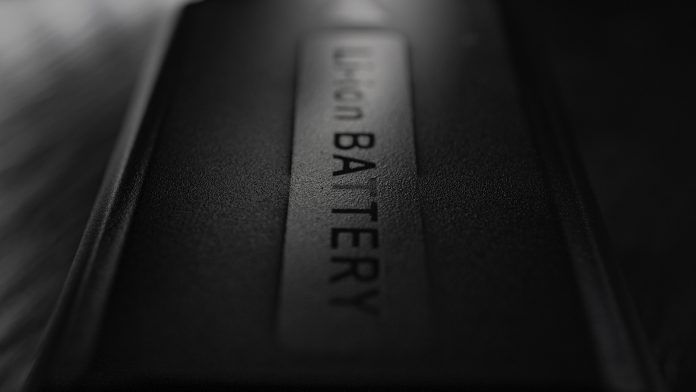Researchers achieve a microscopic understanding of solvation structures involved with transporting aqueous Li-ion batteries, revealing heterogeneity in the super concentrated water-in-salt electrolytes.
Lithium-ion batteries are infamous for being a fire hazard due to their highly flammable organic electrolytes. As a result, there has been a lot of research into how to utilise water-based electrolytes as a safer alternative. However, this is hindered by the problem of water molecules undergoing electrolysis into hydrogen and oxygen within the battery. This then causes various problems such as poor efficiency, short device longevity, and safety issues.
In order to suppress the unwanted electrolysis of water, it is essential to dissolve the salts at extremely high concentrations in aqueous Li-ion batteries. Both the volume and weight of salt in these electrolytes are higher than that of water, hence why they are referred to as water-in-salt electrolytes (WiSE). As a result, the viscosity of the electrolyte is very high, which should impede the transport of lithium ions. According to the conventional theory, which predicts the water-electrolyte system to exist as a homogeneous mixture in this super concentrated environment, this is to be expected. In other words, all water molecules should be interacting with ions, and thus hydrogen bonds among water molecules are completely disrupted.
Challenges with aqueous Li-ion batteries transport
Although Lithium-ion (Li-ion) transport tends to be unexpectedly fast in these highly viscous WiSE’s, earlier studies utilised Raman spectroscopy and molecular dynamics (MD) simulations to elucidate the extended electrochemical stability window of the water molecules in WiSE. They would do this by examining the isolated water molecules surrounded by ions inside these super-concentrated aqueous electrolytes. Nevertheless, it was not sufficient enough to explain the rapid lithium-ion transport within the WiSE.
A research team of scientists at the Centre for Molecular Spectroscopy and Dynamics (CMSD) within the Institute for Basic Science (IBS) and Daegu Gyeongbuk Institute of Science & Technology (DGIST), have recently discovered the correlation between water dynamics and Li-ion transport. They used polarisation selective infrared pump-probe spectroscopy (IR-PP) and dielectric relaxation spectroscopy (DRS) to examine water molecules in a super-concentrated salt solution.
Heterogeneity in the solvation structure in nanoscales
IR-PP is time-resolved nonlinear spectroscopy that can detect vibrational and rotational dynamics of an individual water molecule, which is extremely useful for determining its hydrogen bonding partner. Meanwhile, DRS serves as a complementary tool to measure the concentration of chemical species present in the electrolyte and provide clues to the collective properties of the solution.
By applying these techniques, the team observed that a significant amount of bulk-like water in WiSE exhibits the properties of pure water. This means that even under super-high salt concentrations (28 m), there are still “pockets” of bulk water molecules that form hydrogen bonds with other water molecules, indicating the heterogeneity in the solvation structure in nanoscales. Additionally, their results highlighted that the rotational dynamics of bulk-like water are faster than that of anion-bound water. These observations identified the cause of fast aqueous Li-ion transport relative to the large viscosity of super concentrated aqueous electrolytes.
The scientists emphasised, “This study is the first case of explaining the observation of the dynamics of water molecules in super concentrated aqueous electrolytes at a molecular level. It is possible because IR-PP has the ability to distinguish and observe water molecules according to their hydrogen-bonding partner.”
Professor CHO Min Haeng, the Director of CMSD said, “Water played an important role in Li-ion transport mechanisms, and not just the dissolved salts in super concentrated aqueous electrolytes. This research is expected to provide design principle for other super concentrated electrolytes at the molecular level that can promote the transport of Li-ions.”







